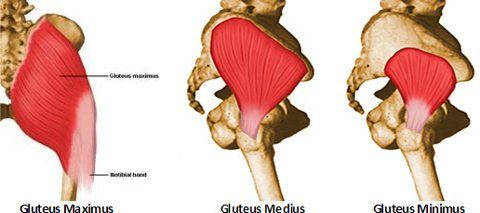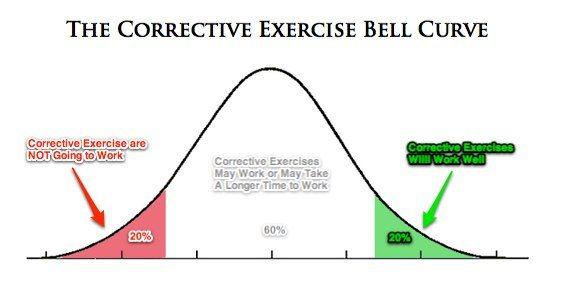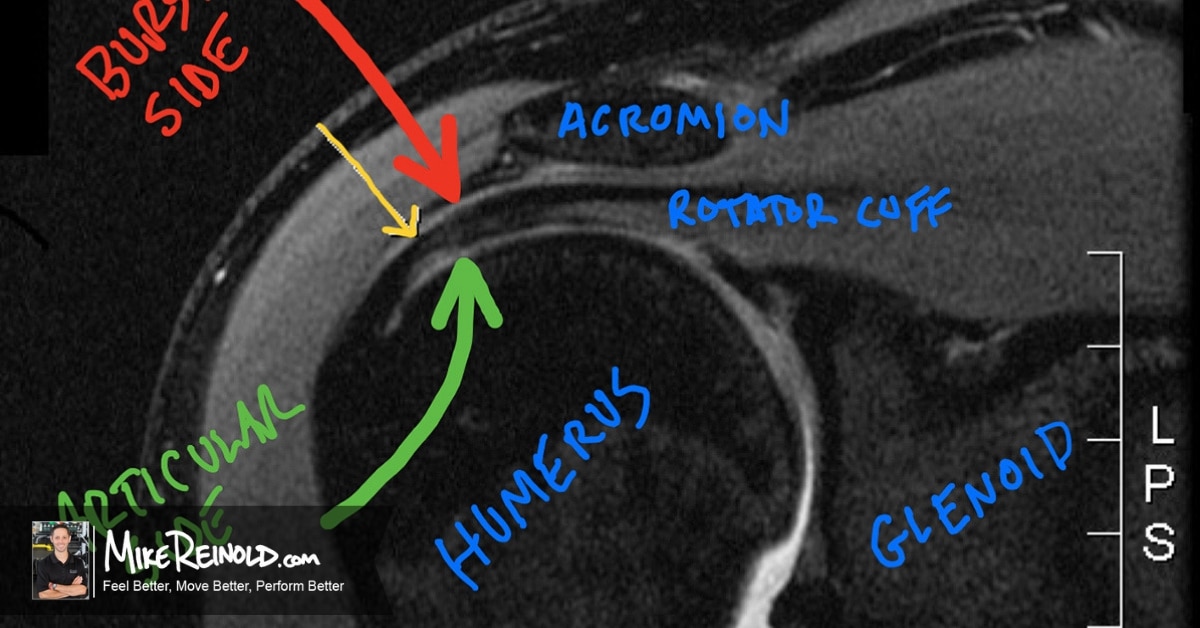Today’s guest post comes from John Snyder, PT, DPT, CSCS. John, who is a physical therapist in Pittsburgh, has a blog that has been honored as the “Best Student Blog” by Therapydia the past two years. He’s a good writer and has many great thoughts on his website. John discusses some of our common beliefs in regard to the role of the proximal hip on knee pain. I’ll add some comments at the end as well, so be sure to read the whole article and my notes at the end. Thanks John!
Should We Stop Blaming the Glutes for Everything?
Anterior cruciate ligament (ACL) rupture1,2 and patellofemoral pain syndrome (PFPS)3,4,5 are two of the most common lower extremity complaints that physicians or physical therapists will encounter. In addition to the high incidence of these pathologies, with regards to ACL injury, very high ipsilateral re-injury and contralateral injury have also been reported6,7,8.
With the importance of treating and/or preventing these injuries, several researchers have taken it upon themselves to determine what movement patterns predispose athletes to developing these conditions. This research indicates that greater knee abduction moments9,10, peak hip internal rotation11, and hip adduction motion12 are risk factors for PFPS development. Whereas, for ACL injury, Hewett and colleagues13 conducted a prospective cohort study identifying increased knee abduction angle at landing as predictive of injury status with 73% specificity and 78% sensitivity. Furthermore, as the risk factors for developing both disorders are eerily similar, Myer et al performed a similar prospective cohort study finding that athletes demonstrating >25 Nm of knee abduction load during landing are at increased risk for both PFPS and ACL injury14.
Does Weak Hip Strength Correlate to Knee Pain?
With a fairly robust amount of research supporting a hip etiology in the development of these injuries, it would make sense that weakness of the hip musculature would also be a risk factor, right?
A recent systematic review found very conflicting findings on the topic. With regards to cross-sectional research, the findings were very favorable with moderate level evidence indicating lower isometric hip abduction strength with a small and lower hip extension strength with a small effect size (ES)15. Additionally, there was a trend toward lower isometric hip external rotation and moderate evidence indicates lower eccentric hip external rotation strength with a medium ES in individuals with PFPS15. Unfortunately, the often more influential prospective evidence told a different story. Moderate-to-strong evidence from three high quality studies found no association between lower isometric strength of the hip abductors, extensors, external rotators, or internal rotators and the risk of developing PFPS15. The findings of this systematic review indicated hip weakness might be a potential consequence of PFPS, rather than the cause. This may be due to disuse or fear avoidance behaviors secondary to the presence of anterior knee pain.
Does Hip Strengthening Improve Hip Biomechanics?
Regardless of its place as a cause or consequence, hip strengthening has proved beneficial in patients with both PFPS16,17,18 and following ACL Reconstruction19, but does it actually help to change the faulty movement patterns?
Gluteal strengthening can cause several favorable outcomes, from improved quality of life to decreased pain, unfortunately however marked changes in biomechanics is not one of the benefits. Ferber and colleagues20 performed a cohort study analyzing the impact of proximal muscle strengthening on lower extremity biomechanics and found no significant effect on two dimensional peak knee abduction angle. In slight contrast however, Earl and Hoch21 found a reduction in peak internal knee abduction moment following a rehabilitation program including proximal strengthening, but no significant change in knee abduction range of motion was found. It should be noted that this study included strengthening of all proximal musculature and balance training, so it is hard to conclude that the results were due to the strengthening program and not the other components.
Does Glute Endurance Influence Hip Biomechanics?
All this being said, it is possible that gluteal endurance may be more influential than strength itself, so it would make sense that following isolated fatigue of this musculature, lower extremity movement patterns would deteriorate.
Once again, this belief is in contrast to the available evidence. While fatigue itself most definitely has an impact on lower extremity quality of movement, isolated fatigue of the gluteal musculature tells a different story. Following a hip abductor fatigue protocol, patients only demonstrated less than a one degree increase in hip-abduction angle at initial contact and knee-abduction angle at 60 milliseconds after contact during single-leg landings. In agreement with these findings, Geiser and colleagues performed a similar hip abductor fatigue protocol and found very small alterations in frontal plane knee mechanics, which would likely have very little impact on injury risk23.
Can We Really Blame the Glutes?
The biomechanical explanation for why weakness or motor control deficits in the gluteal musculature SHOULD cause diminished movement quality makes complete sense, but unfortunately, the evidence at this time does not agree.
While the evidence itself does not allow the gluteal musculature to shoulder all of the blame, this does not mean we should abandon addressing these deficits in our patients. As previously stated, posterolateral hip strengthening has multiple benefits, but it is not the end-all-be-all for rehabilitation or injury prevention of lower extremity conditions. Proximal strength deficits should be assessed through validated functional testing in order to see its actual impact on lower extremity biomechanics on a patient-by-patient basis. Following this assessment, interventions should be focused on improving proximal stability, movement re-education, proprioception, fear avoidance beliefs, graded exposure, and the patient’s own values, beliefs, and expectations.

Mike’s Thoughts
John provides an excellent review of many common beliefs in regard to the influence of the hip on knee pain. While it is easy to draw immediate conclusions from the result of one study or meta-analysis, one must be careful with how they interpret date.
I think “anterior knee pain,” or even PFPS, is just too broad of a term to design accurate research studies. It’s going to be hard to find prospective correlations with such vague terminology. Think of it as watering down the results. Including a large sample of people, including men, women, and adolescents and attempting to correlate findings to “anterior knee pain” is a daunting task.
Imagine if we followed a group of adolescents from one school system for several years. Variations in gender, sport participation, recreational activity, sedentary level, and many more factors would all have to be considered. Imagine comparing the development of knee pain in a 13 year old sedentary female that decided she wanted to run cross country for the first time with an 18 year old male basketball player that is playing in 3 leagues simultaneously. Two different types of subjects with different activities and injury mechanisms. But, these two would be grouped together with “anterior knee pain.”
What do we currently know? We know hip weakness is present in people with PFPS and strengthening the hips reduces symptoms. As rehabilitation specialists, that is great, we have a plan. I’m not sure we can definitely say that hip weakness will cause knee pain, but I’m also not sure we can say it won’t. Designing a prospective study to determine may never happen, there are just too many variables to control.
John does a great job presenting studies that require us to keep an open mind. I’m not sure we can make definitive statements from these results, but realize that there are likely many more variables involved with the development of knee pain. Hip strength and biomechanics may just be some of them. Thanks for sharing John and helping us to remember that it’s not always the glutes to blame!





